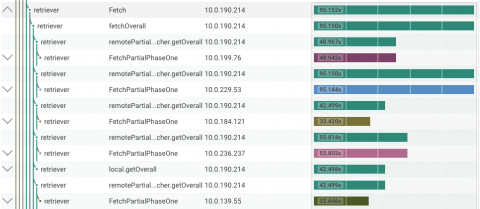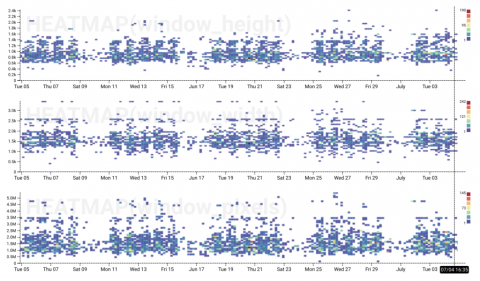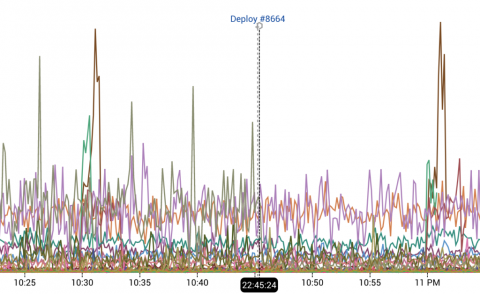Announcing query descriptions and Query Builder UI updates
This week we’re shipping a few changes to our Query Builder interface. While they may appear small, they are the first steps in a larger plan that will help you more easily share your own observations about queries with your teammates, all around Honeycomb.











